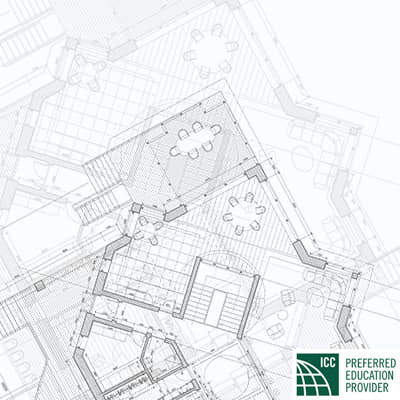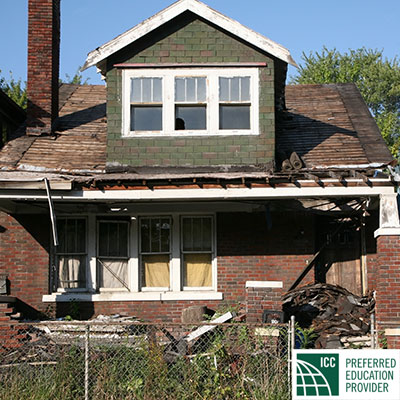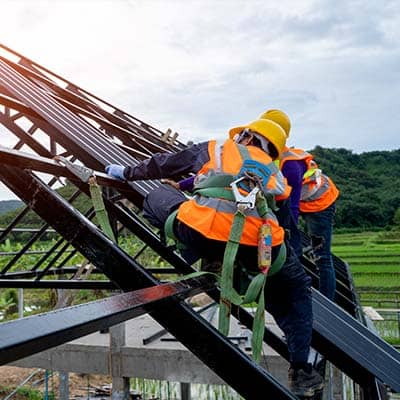These courses are based on the 2015 Michigan Residential Code which is the most current residential code available.
The state update to the 2021 Building Code does not affect these courses.
CE Requirements: 3-hours if licensed more than 6 years | 21-hours if licensed less than 6 years
Renewal Deadline: May 31st every three years
Fulfills all state requirements for those licensed more than 6 years.
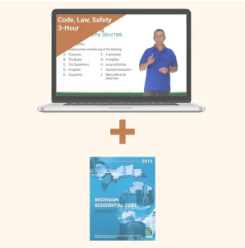
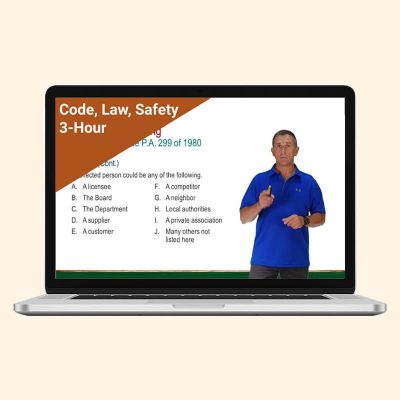
This course fulfills the mandatory requirements for builders and M&A contractors. It includes 1 hour each of Code, Law, and Safety and is based on the 2015 Michigan Residential Code book.
Fulfills all state requirements for those licensed less than 6 years.
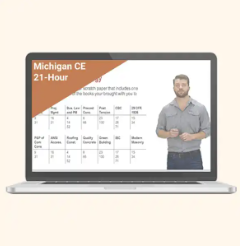






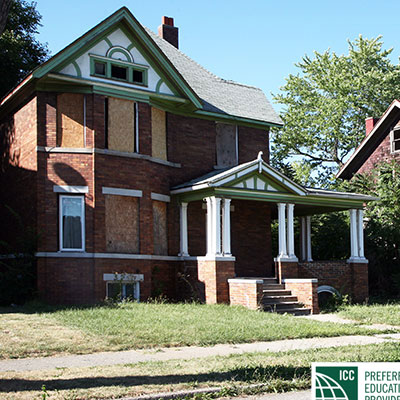
Learn the purpose and the standards of the International Property Maintenance Code and how to manage blight, rubbish, and safety as well as rental, vacation, and abandoned properties.

